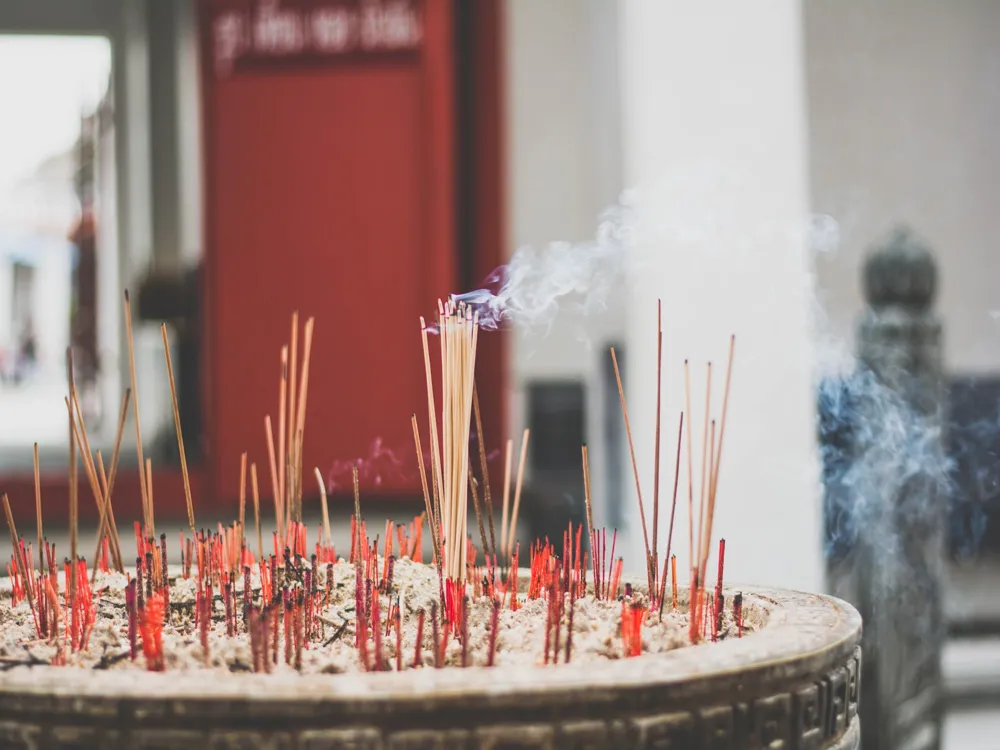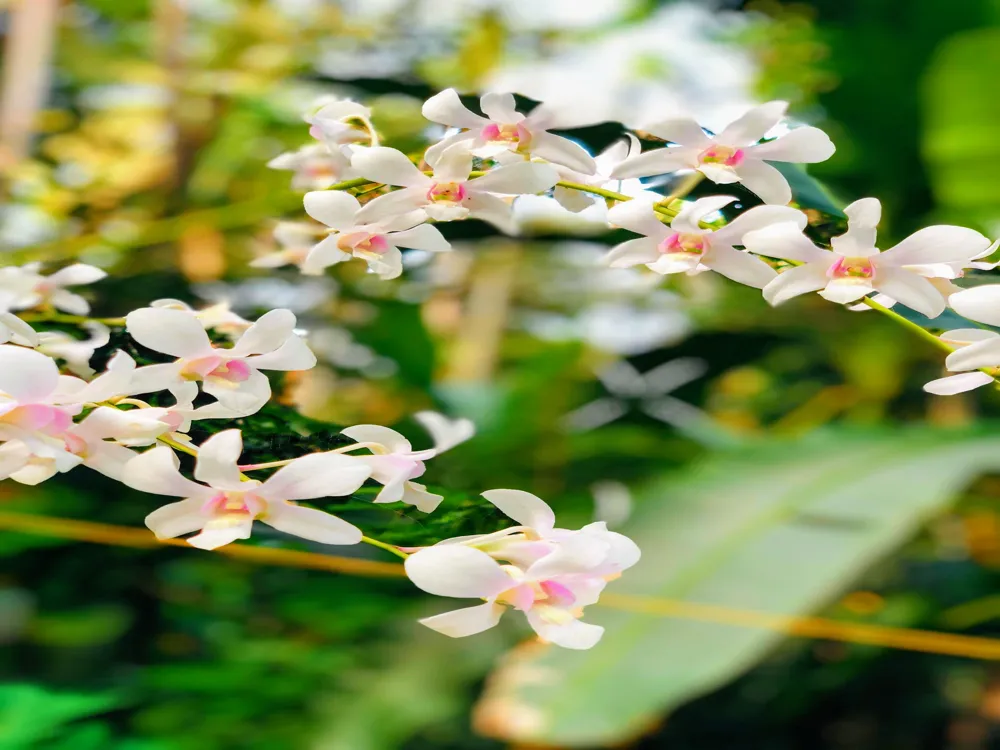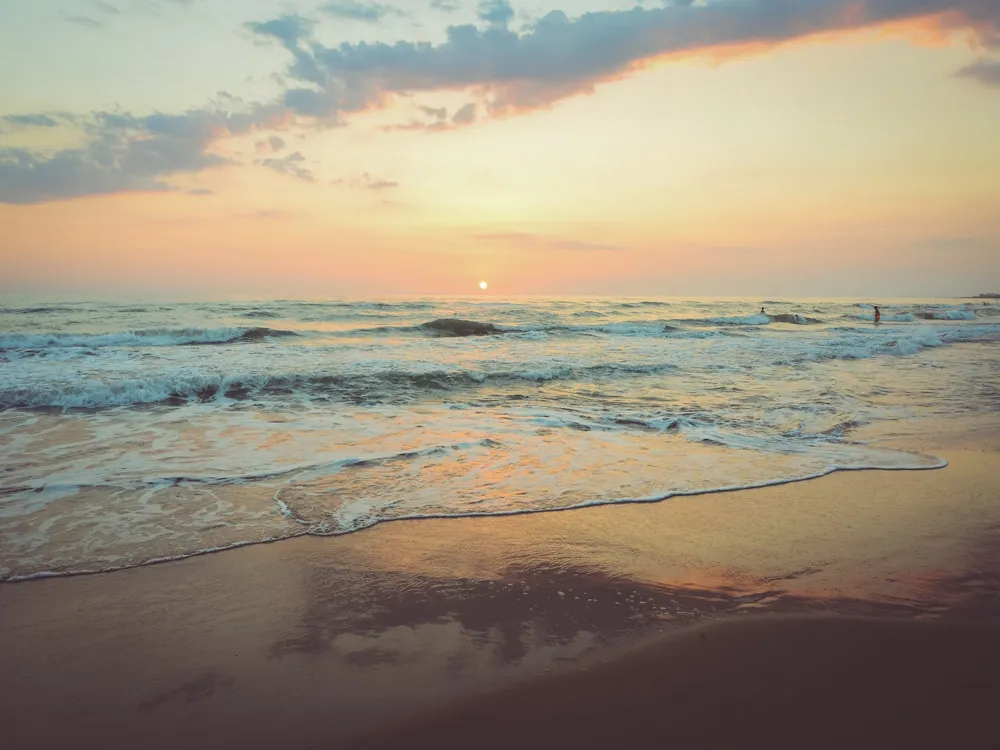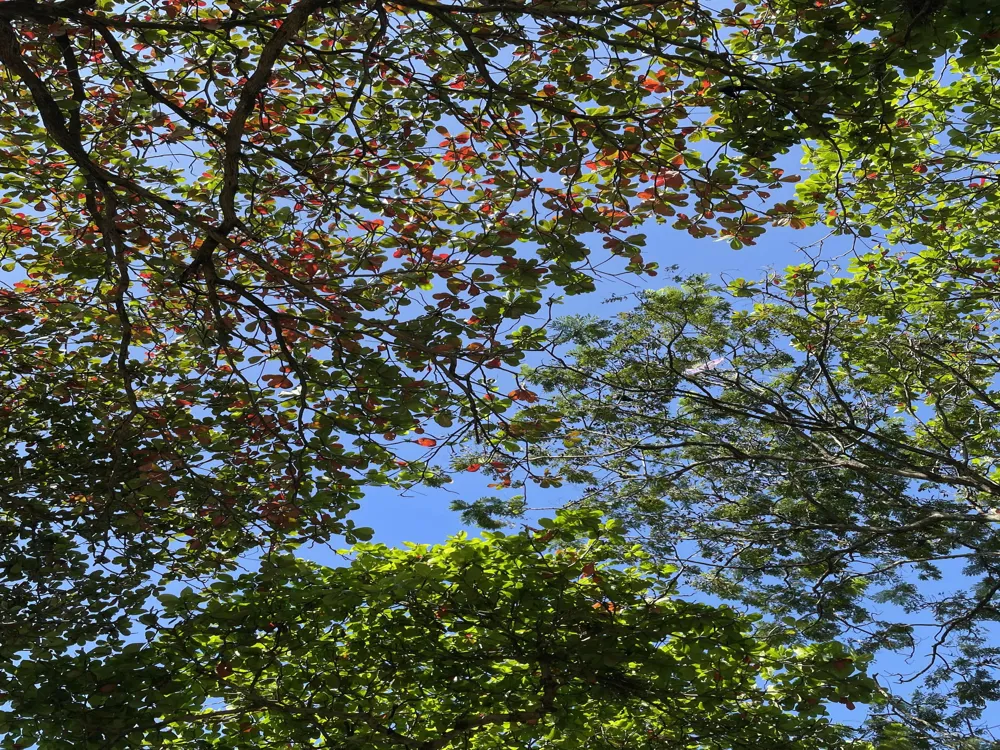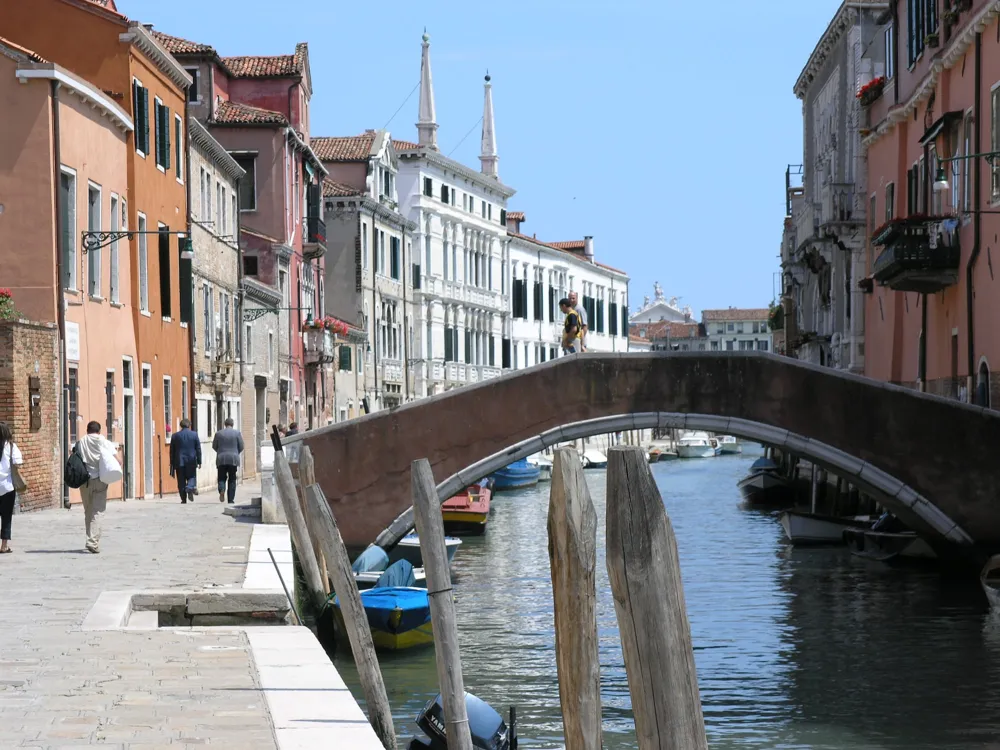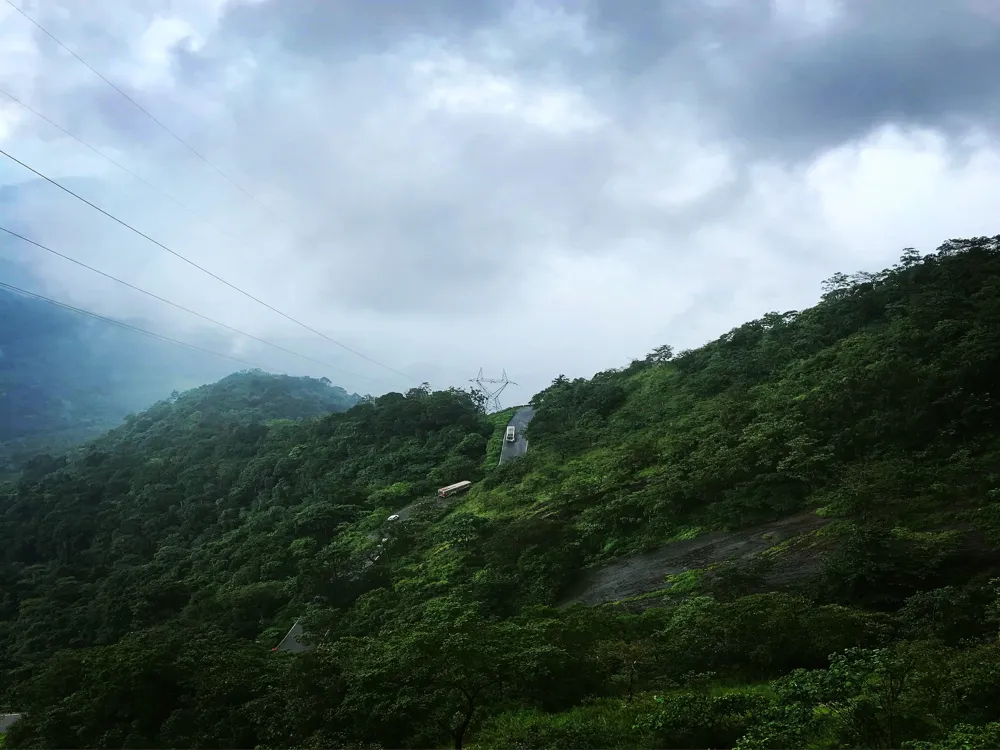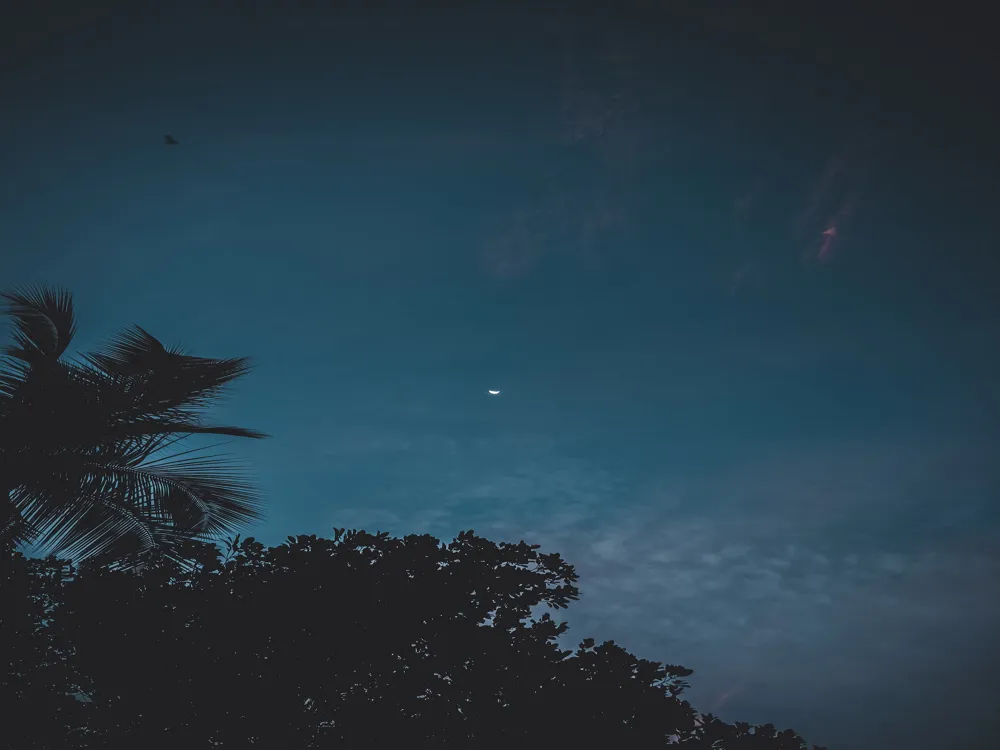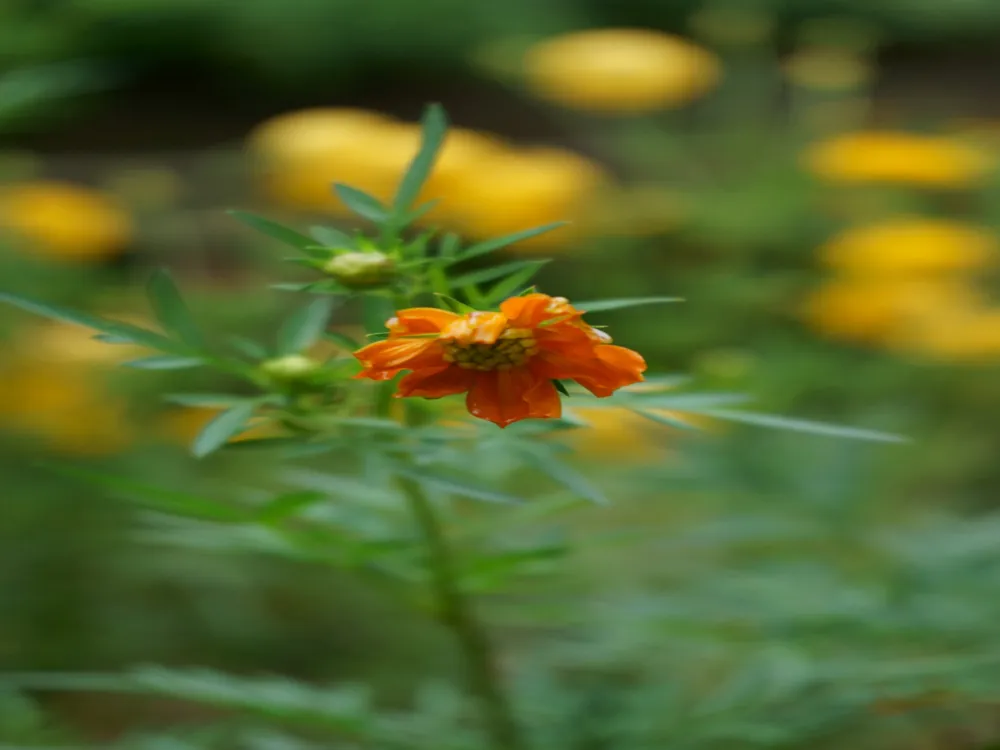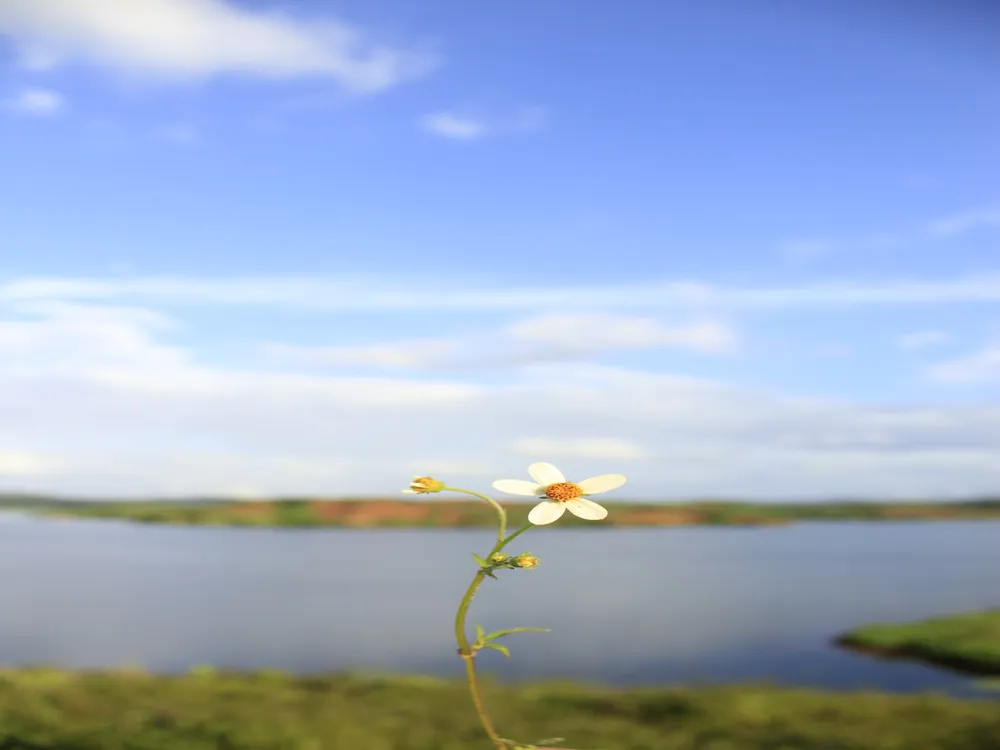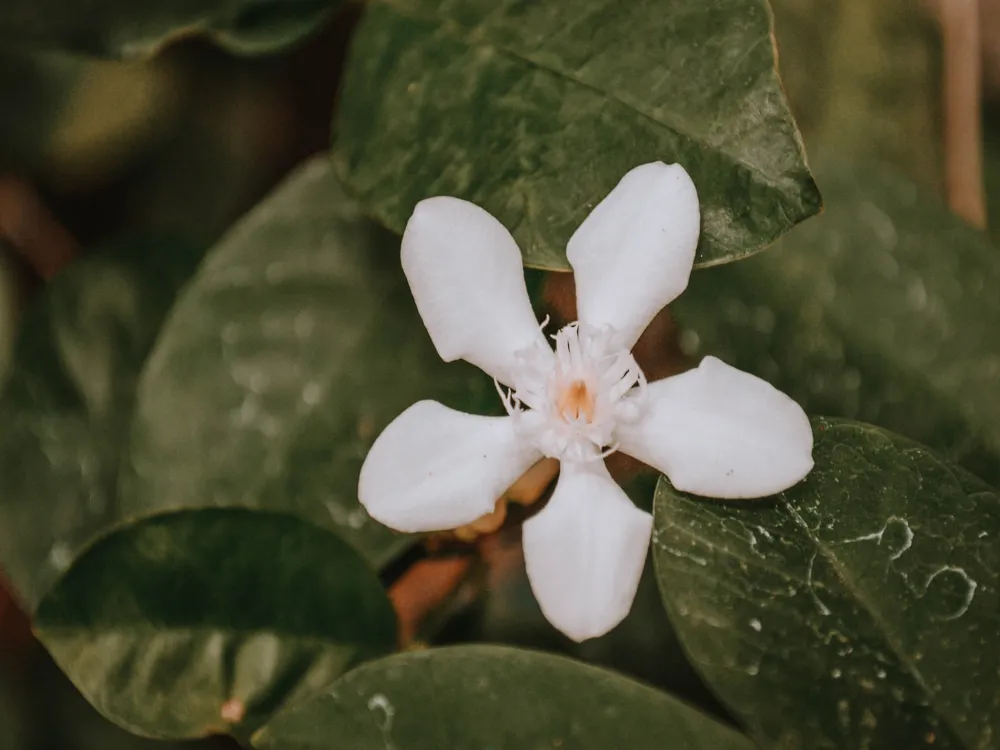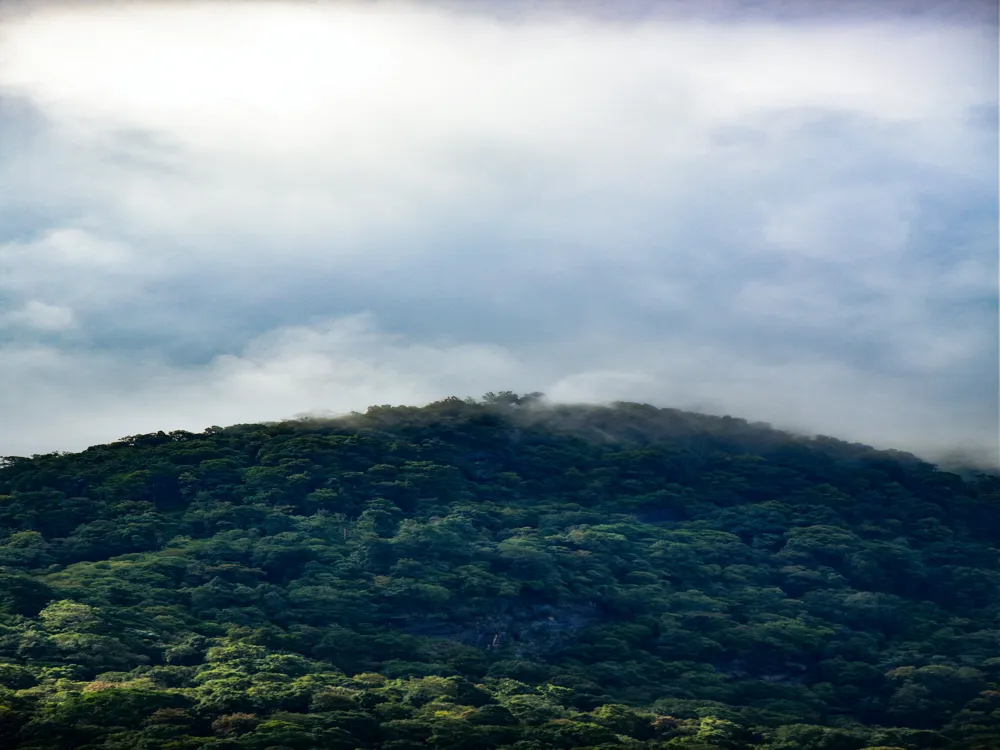Kozhikode, a gem in the state of Kerala, India, is renowned for its serene and picturesque backwaters. These backwaters, a network of interconnected canals, rivers, lakes, and inlets, form an intricate and beautiful water world unique to this part of the globe. Kozhikode's backwaters are not just a stunning spectacle of nature but also a vital aspect of the local lifestyle and economy. They provide a habitat for diverse aquatic flora and fauna and support the livelihood of many communities through fishing and tourism. The backwaters of Kozhikode are characterized by their tranquil waters that mirror the blue skies and the lush green fringes of palm trees and other verdant vegetation. This natural beauty offers a peaceful retreat from the bustling city life, making it a perfect destination for those seeking solace and a connection with nature. The experience of floating through these waters is both enchanting and therapeutic, as one gets to witness the simple yet profound lifestyle of the local inhabitants living along the banks. Historically, the backwaters have played a crucial role in the trade and commerce of Kozhikode, once a prominent port city known as Calicut. They were the trade routes for transporting spices, coconuts, and other goods, which contributed significantly to the region's economy. Today, while they continue to serve the purpose of transportation, the backwaters primarily attract tourists from all over the world, drawn by their pristine beauty and the unique experience they offer. The backwaters also host several cultural and religious festivals throughout the year, reflecting the rich heritage and traditions of Kozhikode. These events are a spectacle of color and festivities, providing an insight into the vibrant culture of Kerala. The traditional snake boat races, held during the harvest festival of Onam, are a particularly famous attraction, showcasing the spirit of teamwork and competition. In summary, the backwaters of Kozhikode are not just a natural wonder but also a cultural and historical treasure of Kerala. They offer a unique experience that blends scenic beauty, cultural richness, and a peek into the traditional lifestyle of the local communities. The architecture of the backwaters in Kozhikode is a testament to the harmonious coexistence of man and nature, reflecting the cultural and environmental ethos of Kerala. This unique architectural style is characterized by its adaptability to the waterlogged conditions and its integration with the surrounding natural environment. One of the most distinctive features of the backwater architecture is the traditional Kerala houseboats, known as 'Kettuvallams.' These houseboats, originally used as cargo vessels, have been ingeniously adapted into luxurious floating accommodations for tourists. Made from natural materials like bamboo, coir, and wood, these houseboats are an epitome of sustainable architecture. They are designed to provide comfort and luxury while causing minimal disruption to the environment. The interiors of these houseboats often feature intricate woodwork and traditional decor, offering a glimpse into the local artisanship. The architecture of the homes and buildings along the backwaters is also noteworthy. These structures are typically built on raised platforms or stilts to protect them from flooding during the monsoon season. The use of local materials like laterite stones, wood, and clay tiles is prevalent, which not only makes the buildings eco-friendly but also helps them blend seamlessly with the natural surroundings. The sloping roofs, large windows, and open verandas are designed to facilitate natural ventilation and lighting, keeping the interiors cool and airy. The temples and churches along the backwaters of Kozhikode showcase a fusion of various architectural styles, influenced by the region's historical interactions with different cultures. These religious structures are often adorned with elaborate carvings, murals, and sculptures, depicting stories from religious texts and local folklore. They are not just places of worship but also serve as cultural centers, hosting various social and religious events. In summary, the architecture of the backwaters in Kozhikode is a reflection of the region's ecological consciousness and cultural heritage. It emphasizes sustainability, simplicity, and a deep respect for the natural environment, offering insights into the traditional Kerala way of life. The ideal time to explore the backwaters of Kozhikode is between October and March. During this period, the weather is pleasant, with minimal rainfall, making it perfect for boat rides and outdoor activities. The monsoon season, from June to September, is less ideal due to heavy rains and potential flooding. Respect local customs and traditions while visiting the backwaters. Dress modestly, especially when visiting religious sites. Engaging with the locals courteously and showing interest in their way of life can enrich your experience. Always wear life jackets while on boat rides. Follow the instructions of the boat operator, especially regarding safety protocols. Be cautious when walking on slippery banks and always keep an eye on children. Consider staying in a traditional houseboat for an authentic backwater experience. There are also several resorts and homestays along the backwaters that offer comfortable lodging options. Don't miss out on the local cuisine, which is rich in flavors and spices. Seafood dishes are a specialty in the backwaters, often cooked in traditional Kerala style. Kozhikode is well-connected by air, rail, and road, making it easily accessible for tourists. The nearest airport is the Kozhikode International Airport, from where one can hire a taxi or take public transport to reach the backwaters. Kozhikode's railway station is also a major junction, connecting it to various parts of the country. Those preferring to travel by road can take advantage of the well-maintained highways leading to Kozhikode. Once in the city, local transportation options like buses, taxis, and auto-rickshaws are available to reach the backwaters. Read More:Overview of Backwaters in Kozhikode, Kerala
Architecture of Backwaters in Kozhikode
Tips When Visiting Backwaters in Kozhikode
Best Time to Visit
Cultural Etiquette
Safety Precautions
Accommodation Choices
Local Cuisine
How To Reach Backwaters in Kozhikode
Backwaters in Kozhikode
Kozhikode
Kerala
₹ 16,000 onwards
View kozhikode Packages
Weather :
Label : Must Visit
Tags : Nature
Timings : All time
Time Required : More than 3 hours
Entry Fee : No entry fee
Planning a Trip? Ask Your Question
Kozhikode Travel Packages
View All Packages For Kozhikode
Top Hotel Collections for Kozhikode

Private Pool

Luxury Hotels

5-Star Hotels

Pet Friendly
Top Hotels Near Kozhikode
Other Top Ranking Places In Kozhikode
View All Places To Visit In kozhikode
View kozhikode Packages
Weather :
Label : Must Visit
Tags : Nature
Timings : All time
Time Required : More than 3 hours
Entry Fee : No entry fee
Planning a Trip? Ask Your Question
Kozhikode Travel Packages
View All Packages For Kozhikode
Top Hotel Collections for Kozhikode

Private Pool

Luxury Hotels

5-Star Hotels

Pet Friendly








